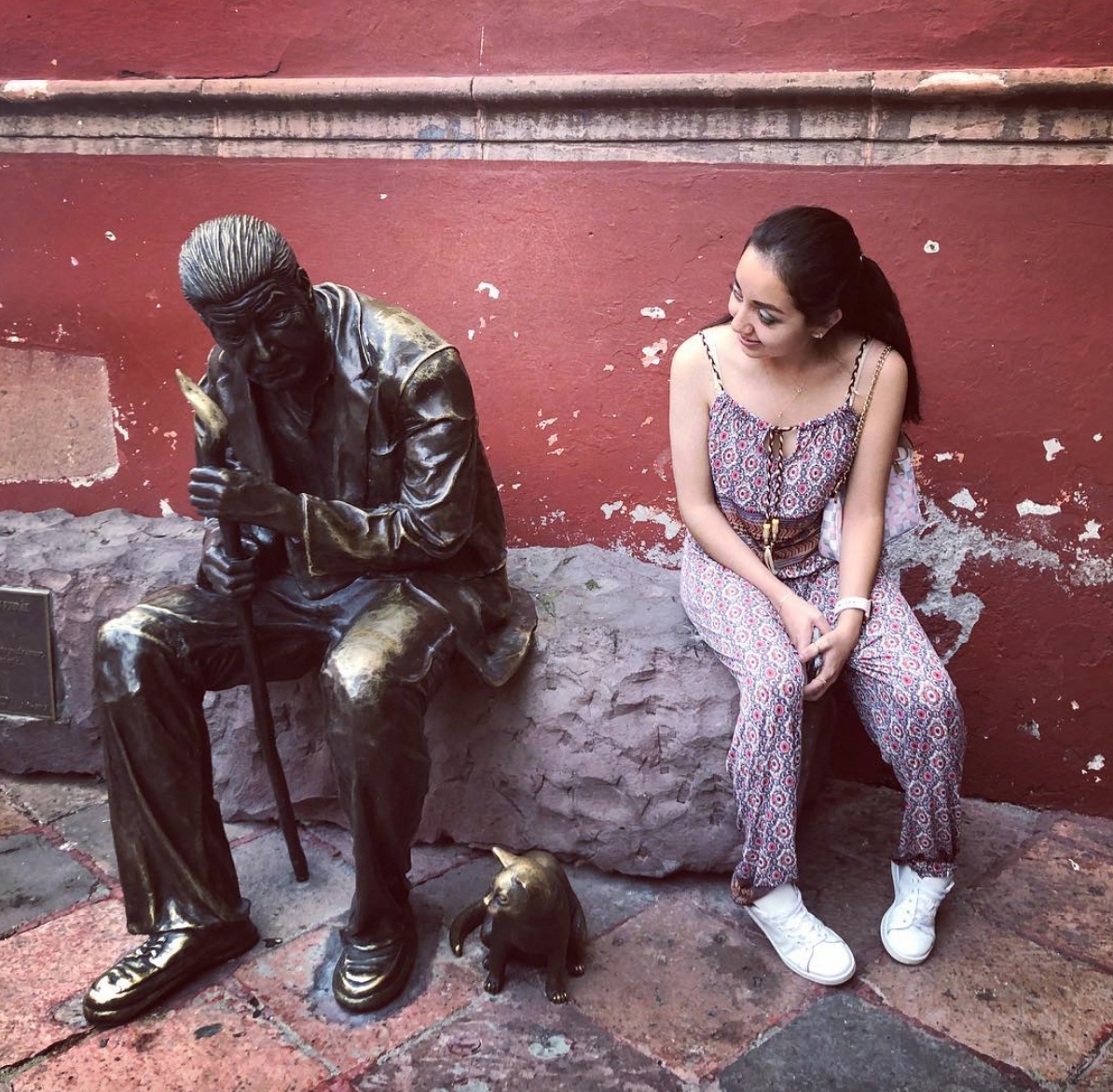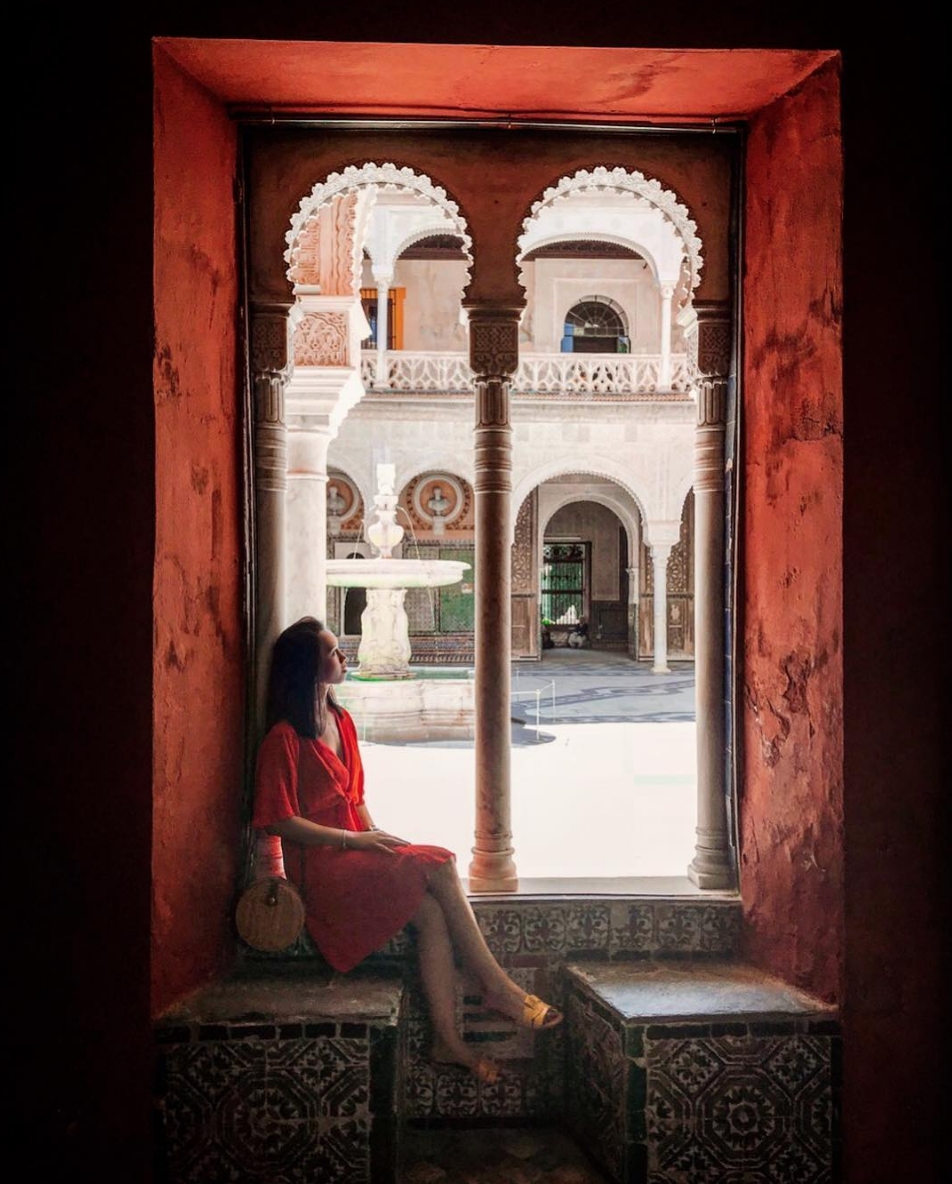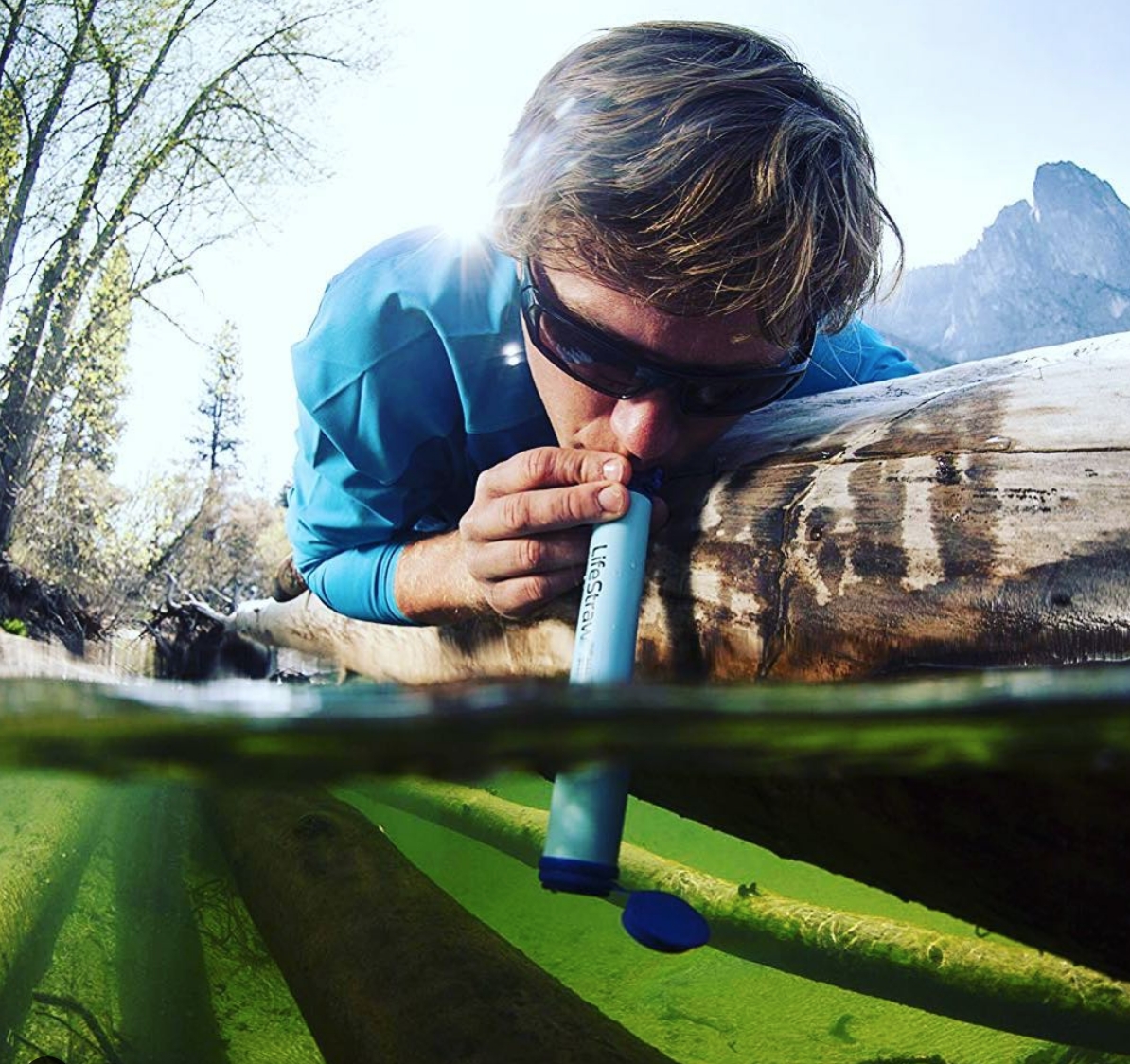
The first time I traveled on my own I was 18-years-old, working a summer job in Madrid. The thrill of wandering around a new destination solo, getting to know its contours, is an experience that spoke to me. It was a sprawling, frenetic city, but the metro was easy to navigate, and I soon made friends and found familiar haunts. Every day, I was learning about a method of travel that felt new to me — independent, open, and without the comforts of a constant companion.
That was 10 years ago. These days, solo travel is more popular than ever. Google searches on the topic have doubled in just three years. Seasoned vagabonds and first-time backpackers alike are venturing out into the wide world on their own, no longer waiting for similarly adventurous friends. And while solo travelers still get the occasional, “Are you nuts?” when mentioning plans to train-hop around eastern Europe or wander the great expanses of Patagonia, the fact of the matter is that technology has made solo travel safer than ever. Here’s how:
You can carry a personal security system on your keychain.
Creepy and even downright dangerous people exist. They can be found from Los Angeles to Reykjavik and all points in between. Do not give them the power to dominate your mental space. Instead, consider carrying a compact, high-tech product like the Sabre keychain alarm — which is loud enough at 120 decibels to spook someone encroaching on your space and alert people nearby that something abnormal is happening.
You can go your own way.
If you’re intrepid enough to travel on your own, you’ll likely be up for the challenge of figuring out public transportation. Thanks to massive improvements to cellular technology, most major cities have apps that help you plan your public transportation route. You can also download third-party apps, like Rome2Rio (the company also has a highly functional website) in order to help you find your way around a new city or town.
If public transport isn’t your thing, there are also ride share programs like Uber and Lyft. If you’re not comfortable getting into a stranger’s car, carshares like Car2Go are now global.
You can talk to anyone — no matter what language.

Gone are the days when the language barrier spelled imminent doom (or, at least, unending frustration and wild hand gestures). Instead, you can use Google Translate to communicate the basics when you get stuck. In an emergency, you can get your point across to anyone.
If you’re ready for something even more next-level, check out Pocketalk — a translator that will allow you to speak in English, then offer you a translated phrase spoken aloud. This is a space-age feeling device that bridges even the widest language gap in a matter of seconds.
You can get world-class suggestions for where to eat, drink, and spend your precious time.

Before the internet gave you access to the world at your fingertips, finding off-the-beaten-path activities, restaurants, and bars was hard work. You had to be comfortable networking with strangers and exploring unfamiliar neighborhoods. These days, finding local hangouts, figuring out whether or not a historical site is worth your time, and avoiding overpriced tourist traps (which are often hotspots for pickpockets and muggers) is as simple as doing some research online.
Say you’re on a train from Berlin to Cologne, and you want to suss out where the best doner kebab in the Cathedral city is. While the locomotive is hurtling hundreds of miles to the west, you can use WiFi to source info from locals and fellow travelers via Yelp, TripAdvisor, and online forums, like Lonely Planet’s Thorntree. Facebook travel groups and crowdsourcing via social media are even more up-to-the-minute techniques. You can also check out geotags on Instagram to see what experiences fellow travelers are excited about in your destination city.
We’re still huge advocates of asking locals on the street for advice, but if you want a surefire method to vet experiences and activities, the internet has made things shockingly easy.
You never have to worry about losing power at inopportune times.
There was a time when cell phones were common but power banks were not. So, while traveling with new technology made things easier, it still meant that you’d have to be careful about your battery usage until you got back to your hotel. In 2019, as long as you have a power bank roughly the same size as your phone, there’s no need to park yourself in a cafe or return to your lodging while you wait for your phone to charge.
For an extra-secure power boost, try a solar power bank. They can be pricey, but they’re powerful and completely forego the need for any access to electrical outlets.
You can keep better track of your most important possessions.

As travel clothing gets more innovative, you no longer have to rock the 90s-era tourist uniform. You can keep valuables in stylish infinity scarves that any cosmopolitan person would be excited to wear, rather than a money belt that hangs from your neck and screams, “I’m not from here!”
Technological advances are also helping make travel apparel more secure. Take Tumi’s backpacks. Large enough to use for longer trips, many of the company’s bags come with tracers — which you can register to track your bag if it gets lost or stolen. There are also innovations in clothing tech; you no longer need to look like a serious thru-hiker to benefit from ultra-lightweight materials, UPF protection, water resistance, or other necessary components for packing light. Athleta Skyline Pants are super lightweight, wrinkle resistant, come with UPF-50, and have a modern silhouette.
You can find your way around, international data plan or not.

For better or worse, smartphones have become an integral part of travel, especially for those of us who like exploring on our own. As GPS technology becomes more responsive, gone are the days of digital maps glitching and sending you on a wild goose chase. At any given time, you have access to detailed directions — whether walking, driving, or taking public transport.
Bonus: if you’re trying to save on data, you can download maps from Google Maps. That means you can wander around the sprawl of Lima and find MALI or the Pisco Museum without racking up massive charges.
And if you can’t find your way, you can signal for someone to find you.

Rough solo travel comes with its own challenges. If you’re headed on a three-day jaunt into the foothills of the Patagonian steppe, you won’t have the benefit of ducking into a shop and asking for help. And sometimes accidents happen: people get hurt or lost or both. While you should always alert someone where you’re going and when you plan to be back, the advances the backpacking world has seen in backcountry communications are a serious game-changer.
You can now carry an emergency beacon or a satellite phone without taking up too much room in your pack. What used to be enormous, unwieldy, dense blocks are now compact and lightweight. Being able to call for help immediately instead of waiting for someone to notice you’re missing could mean the difference between life and death if you’re exploring out in the wild.
If things get really dire, you can easily survive in rough conditions.

Technological advances don’t always have to come in the form of high-tech gadgets. Not long ago, finding drinking water that wouldn’t twist your insides into an MC Escher scene often meant sticking to bottled water only. Now — thanks to the ingenuity of environmental engineers and chemists who have tackled the global problem of potable water — finding water to drink is easier than ever.
Forget cumbersome pumping systems. You can use purification tablets or any number of on-the-go filtration systems, like LifeStraw. That means beautiful, life-giving water to help you stay safe and well with minimal hassles.
***
Whether you’re looking to explore a new city or rough it in the wilderness on your own for a few days, technological advances have made solo travel accessible and secure for all. Gone are the days that you need to be a rugged explorer. So don’t wait: download a map of that town you’ve always wanted to visit and go it alone. Happy travels.






